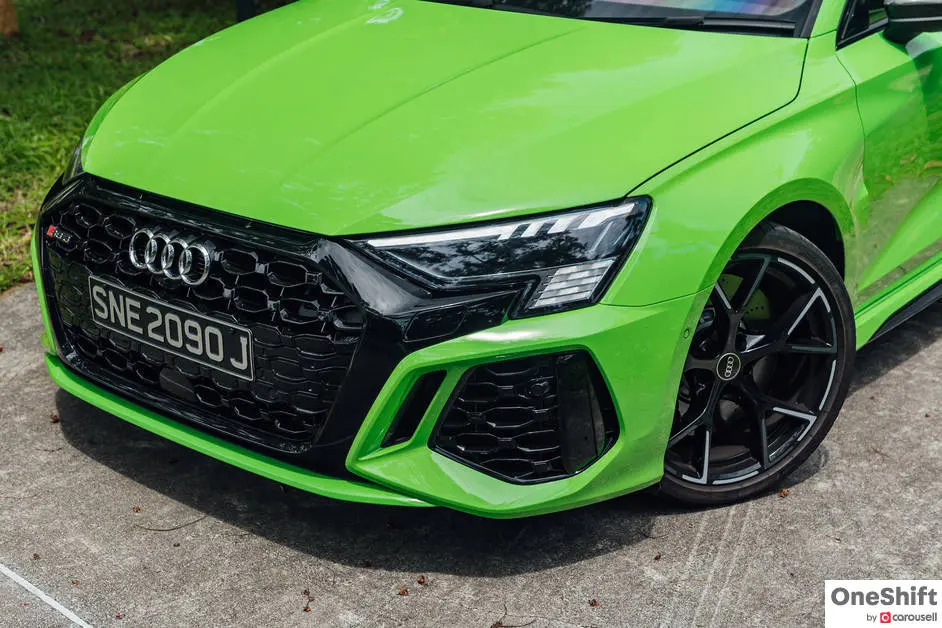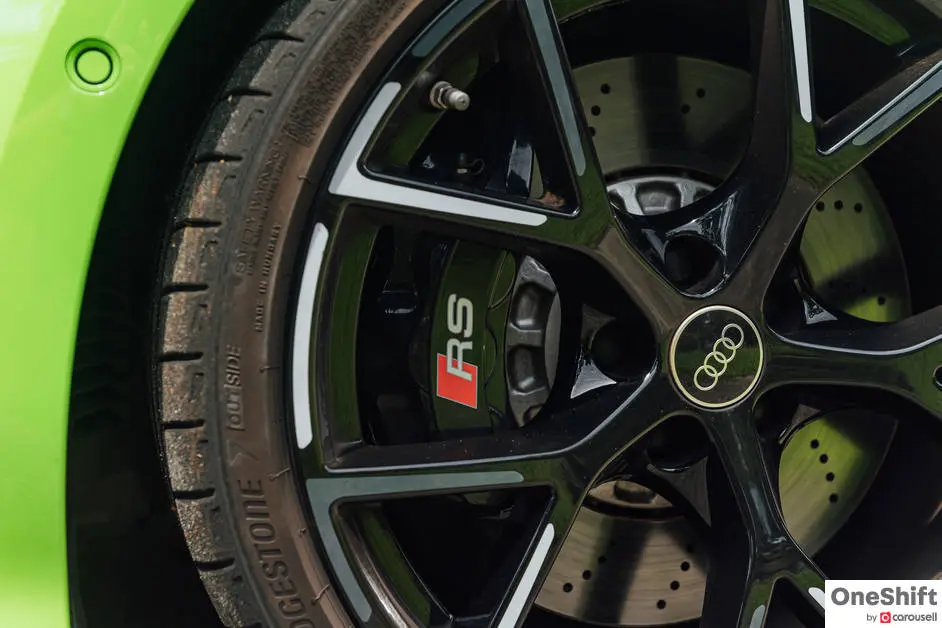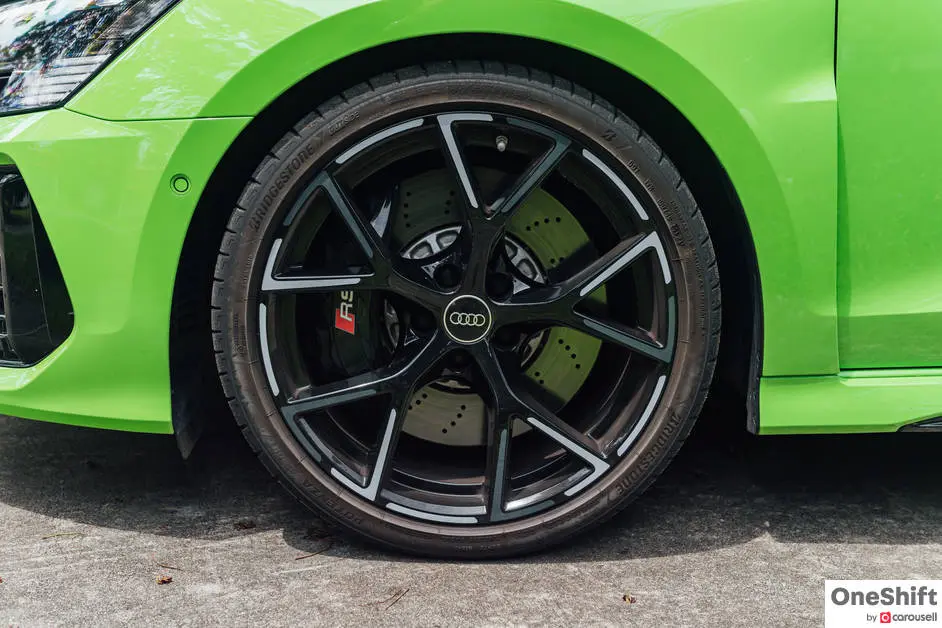Audi RS 3 Sedan 2.5 TFSI quattro S tronic Review: RS Torque Splitter Makes New RS 3 Talk Grittier
The RS 3 comes with a new trick up its sleeve - the RS Torque Splitter. Read on to find out if it really transforms the car or not.







It’s been a while since we got excited about a new RS 3.
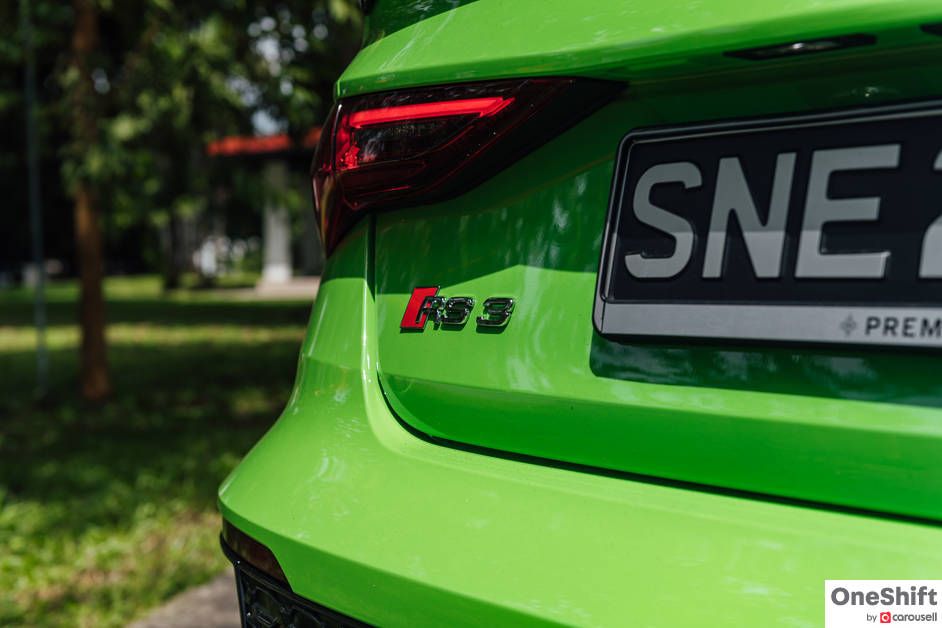
Yes, the 5-cylinder engine is tremendous, but it was always adding weight to the wrong side of the car. Therefore, quattro intervenes in an attempt to make things right, but it was never quite the fluid, sweet package.
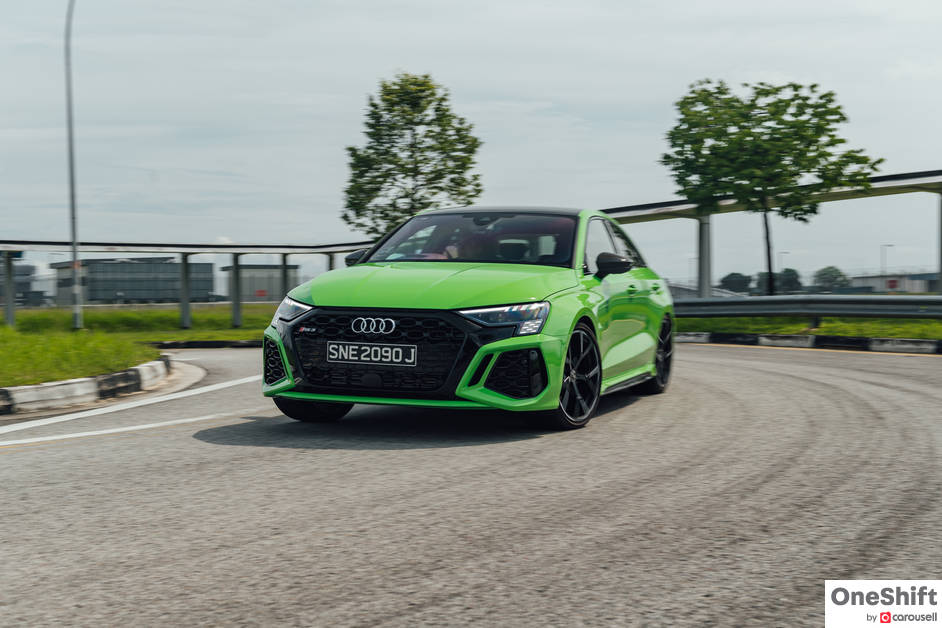
What we have here, however, is quite simply the best RS 3 yet.
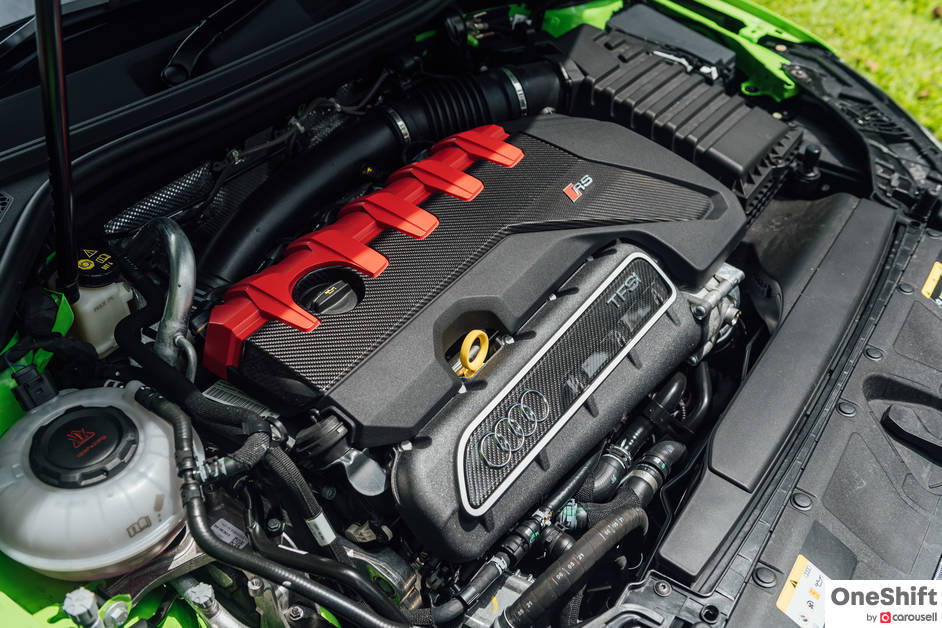
Don’t ask me how, but the engine now feels far more eager to rev freely versus its predecessor, and now delivers genuine low-end usable torque while giving a volcanic top-end. It makes 20 Nm more than previously. It still makes a glorious noise, too, that seems louder on the inside than it really is on the outside. The gearbox is also impeccable, fast on both upshifts and downshifts, a stirring companion to the I5.
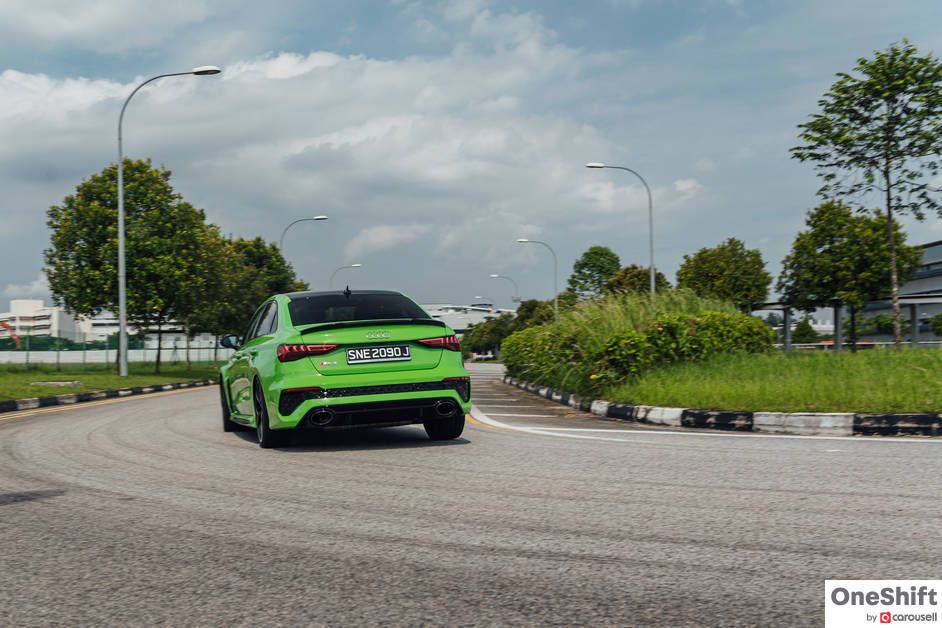
But the true game-changer is the introduction of the RS Torque Splitter. It essentially makes active, fully variable torque vectoring between the rear wheels possible, doing far more than what a rear axle differential can manage.
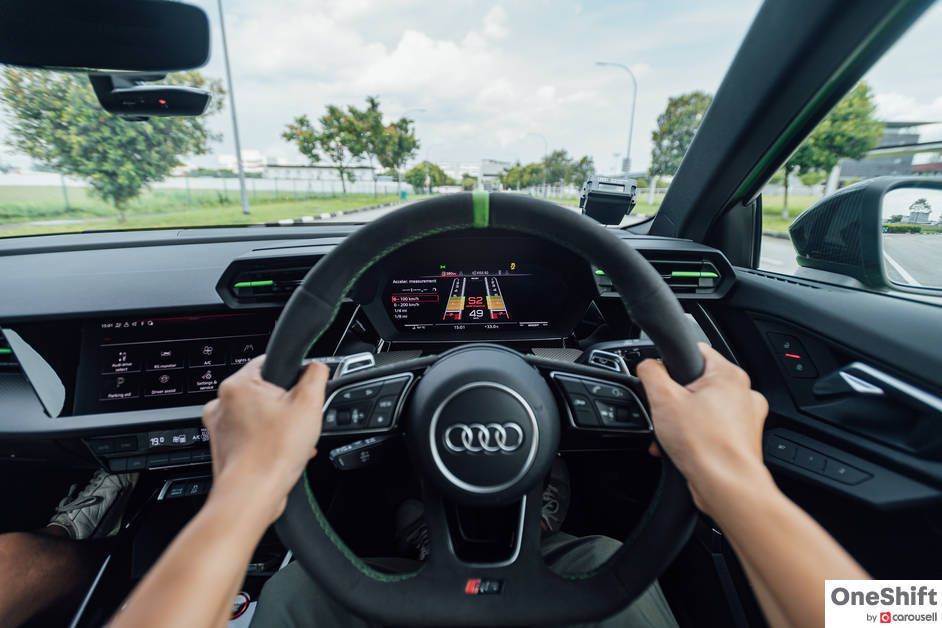
It increases the drive torque to the rear wheel with the higher wheel load, depending on where it is needed. Not only that, it is also capable of applying all of the engine power at the rear axle to just one of the rear wheels - allowing the unthinkable in a quattro-equipped RS 3 - a drift.
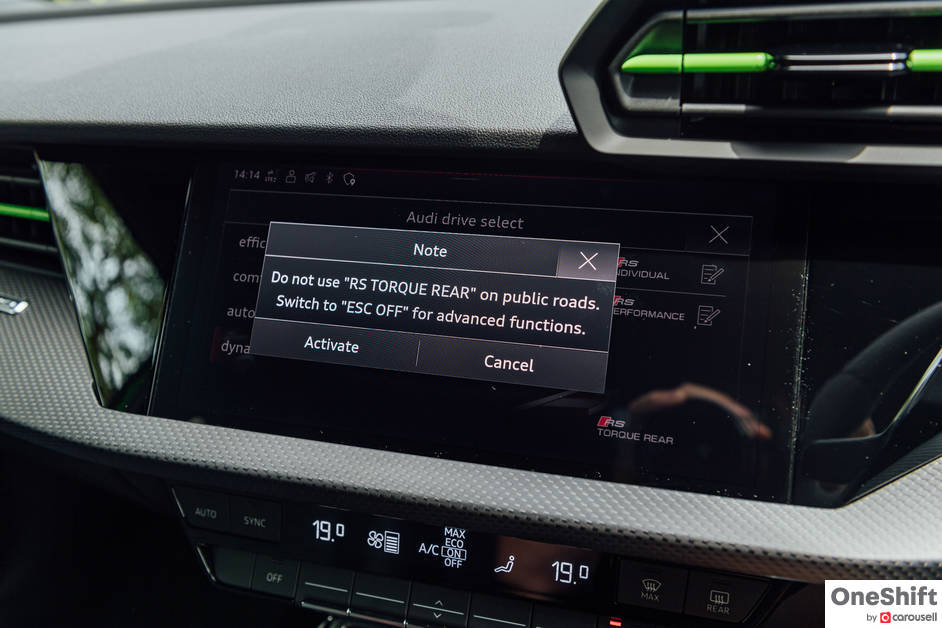
There is a specific RS Torque Rear mode to make this happen, which also includes a safety disclaimer before you activate it. But beyond the drifting antics, what the Torque Splitter allows is also a fine-tuning of the handling to the most precise of degrees.
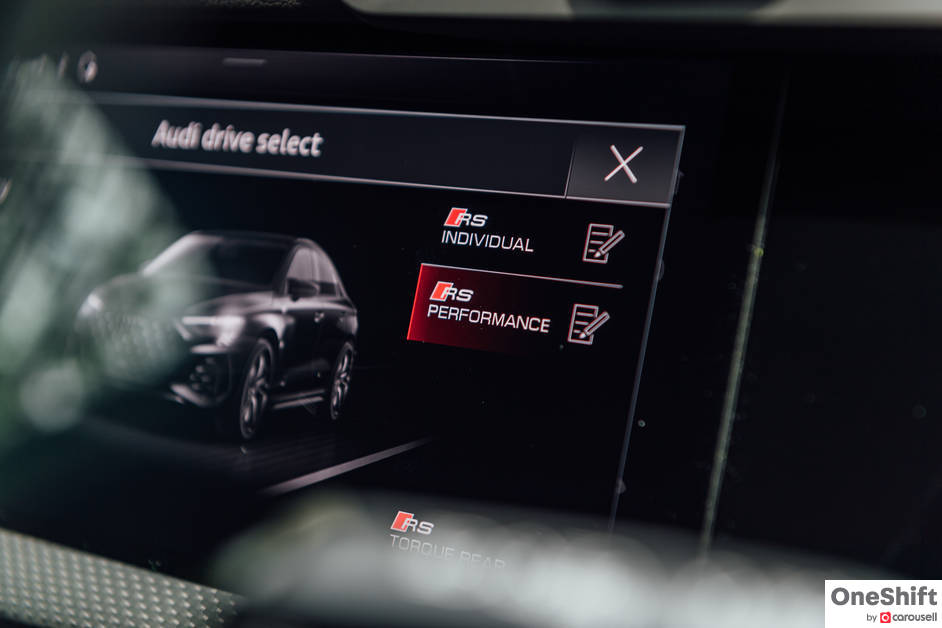
If you want a neutral handling balance, RS Performance mode ensures both oversteer and understeer are quelled. If you want your grandma to get home safely in a thunderstorm in the RS 3, set her off in Efficiency and you’ll be more certain she’ll reach her doorstep than in any other car.
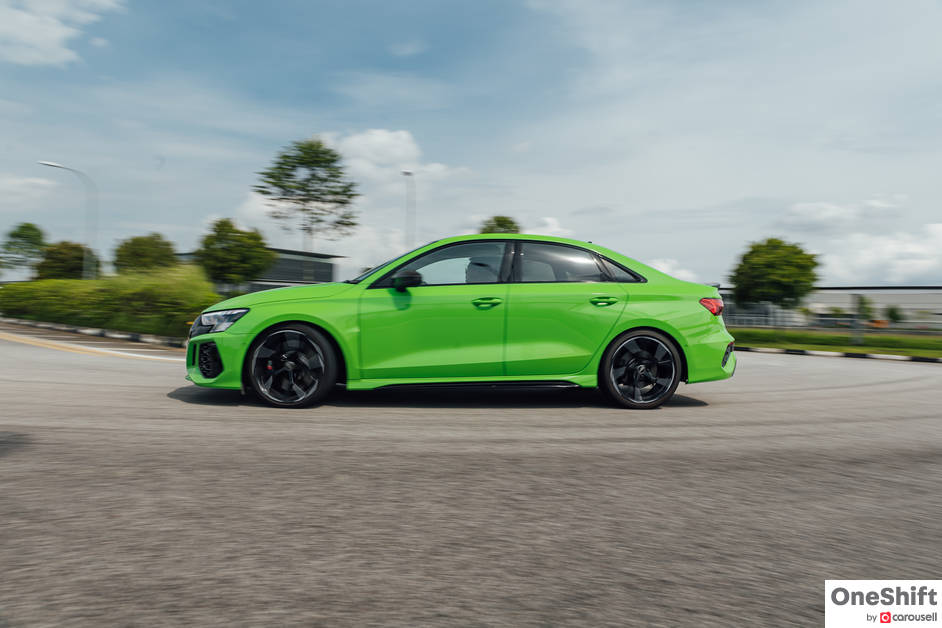
Intriguingly, in the sportier (but not sportiest) modes (Dynamic and the RS Individual and RS Performance), there is an innate agility with razor sharp responses that comes by default. If you wanted to unstick the rear, you wouldn’t need RS Torque Rear mode. Just flick the steering, power on and the RS 3 will dance with you like a rear-wheel drive car. It allows that measure of adjustability that widens your options, rather than just succumbing to being a one-dimensional machine.
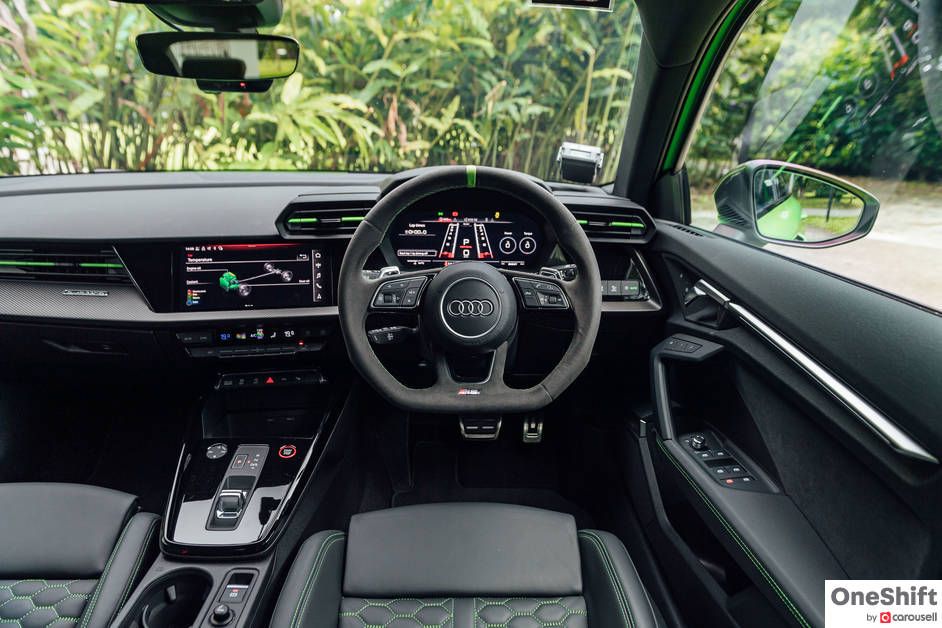
That really drove home the message that the RS 3 is not merely an evolution, it is on another playing field versus what came before.

Other parts of the car live up to the quantum leap in performance, too. The nappa leather seats feel just as luxurious as those in an RS6, while the (simplified) MMI is far more pleasant to use than in its more expensive siblings. Kudos to having physical buttons for the most core functions like climate control. The alcantara-clad steering wheel and green accents across the interior gives just enough theatre to make the car feel quite special. Yes, some plastics do fall a little short of Audi’s standards if you search out for them, but it’s not a deal-breaker. It’s still a well put together car.
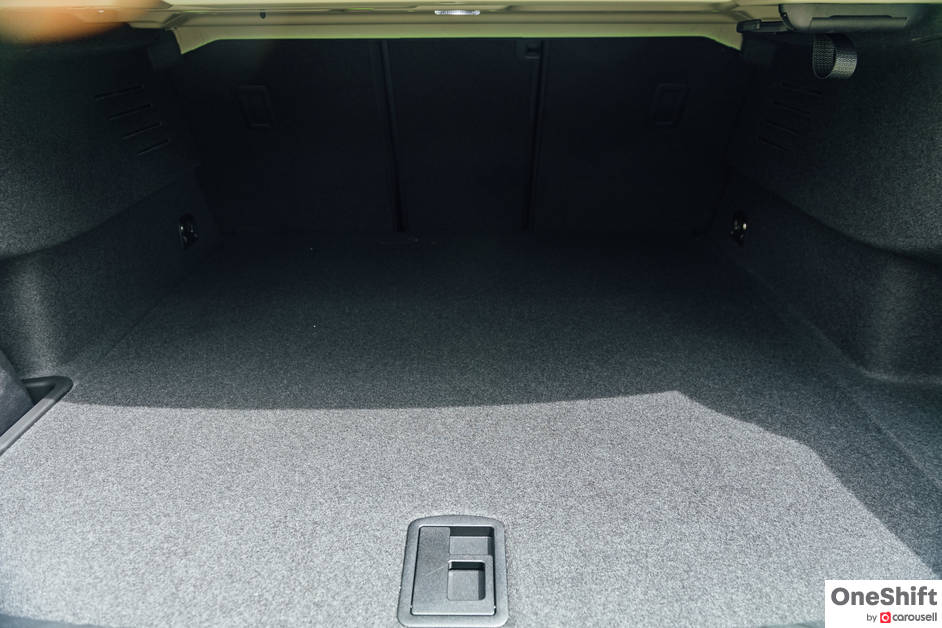
There’s decent room at the rear, but as a sedan headroom is slightly compromised. Boot space, I would imagine, is more usable in the hatchback too. Which is why, between the two, I would pick the hatch, which is what we associate most with the RS 3 anyway.
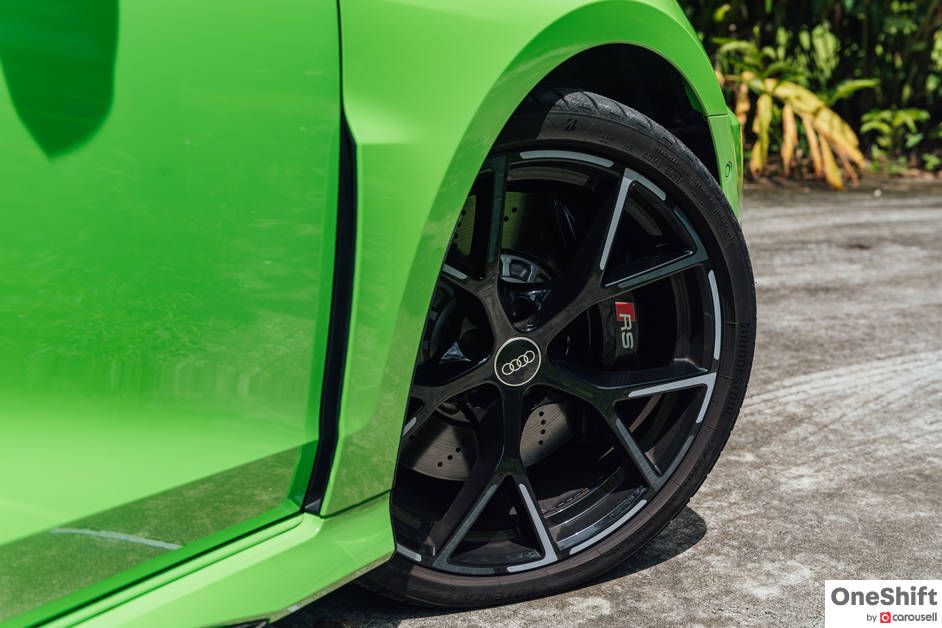
Exterior looks are slightly fussier now compared to previously. There are just more details now competing for attention, like the (fake) air vent behind the front fenders and the blacked-out front grille. But I think in a more subtle colour compared to the Kyalami Green we have in the test car, it would look like a classy glove that packs a knockout punch.
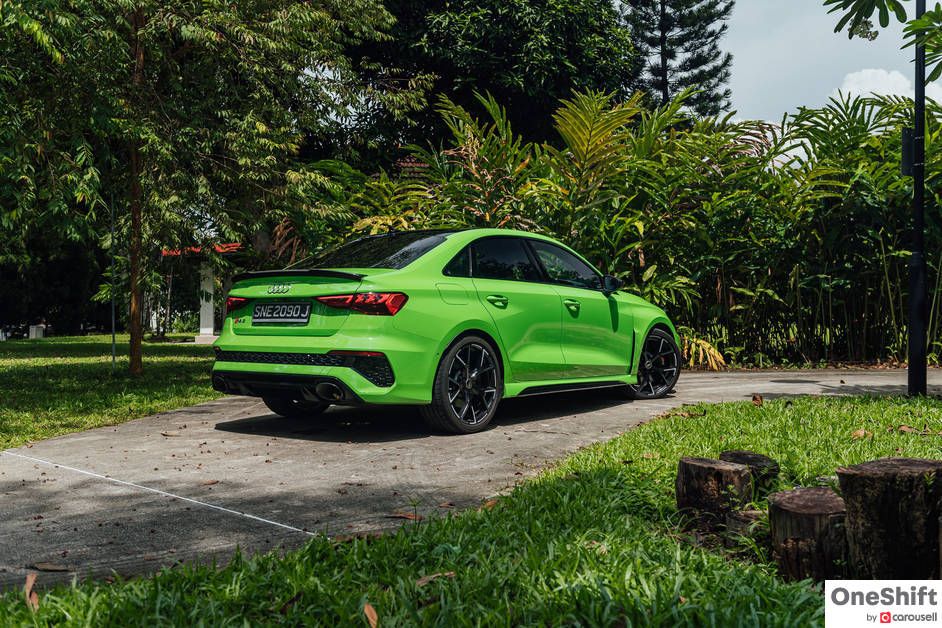
The RS 3 has really outdone itself this time. The stars have aligned for the RS 3 to top its competitors, and this attempt might just do it.
Credits: Text by James Wong; Photos by Horizon Drivers' Club

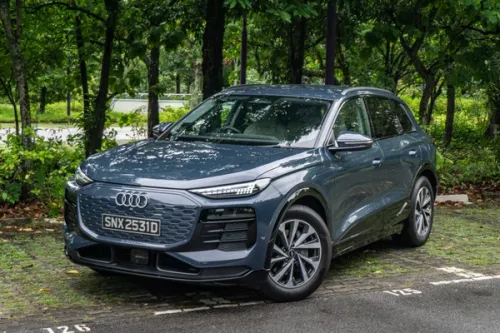






Get the Best Price for your used car
from 500+ dealers in 24 hours

- Convenient and Hassle-Free
- Consumer Protection
Transparent Process
With No Obligation

